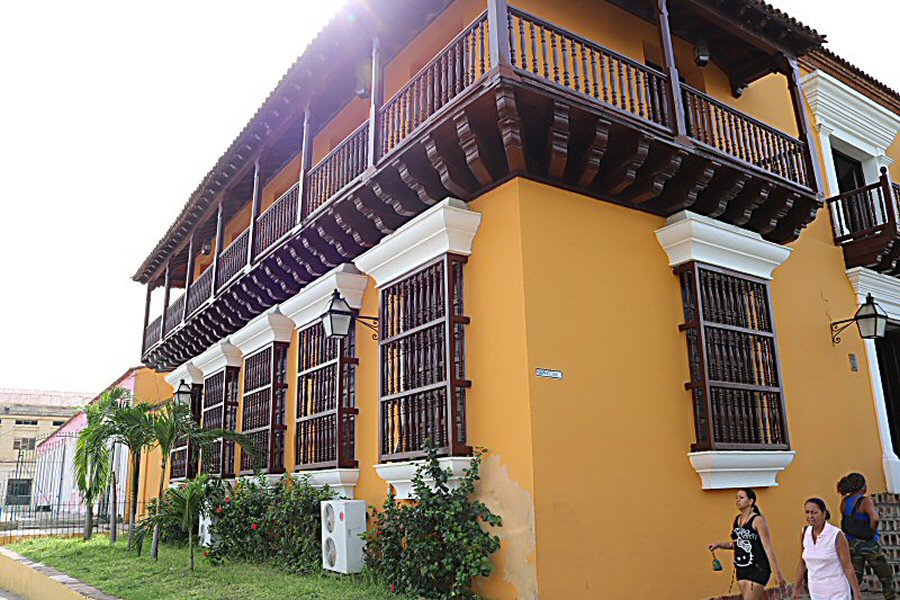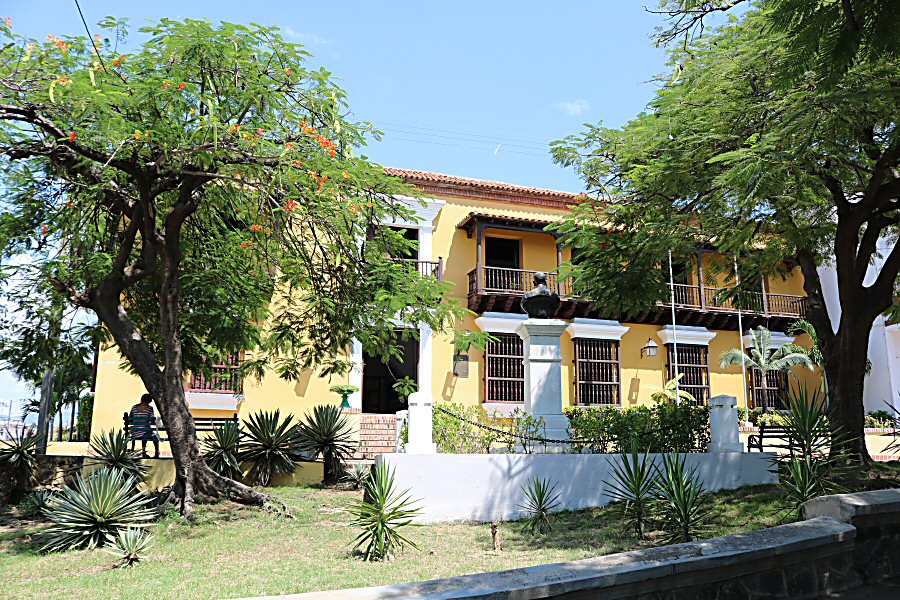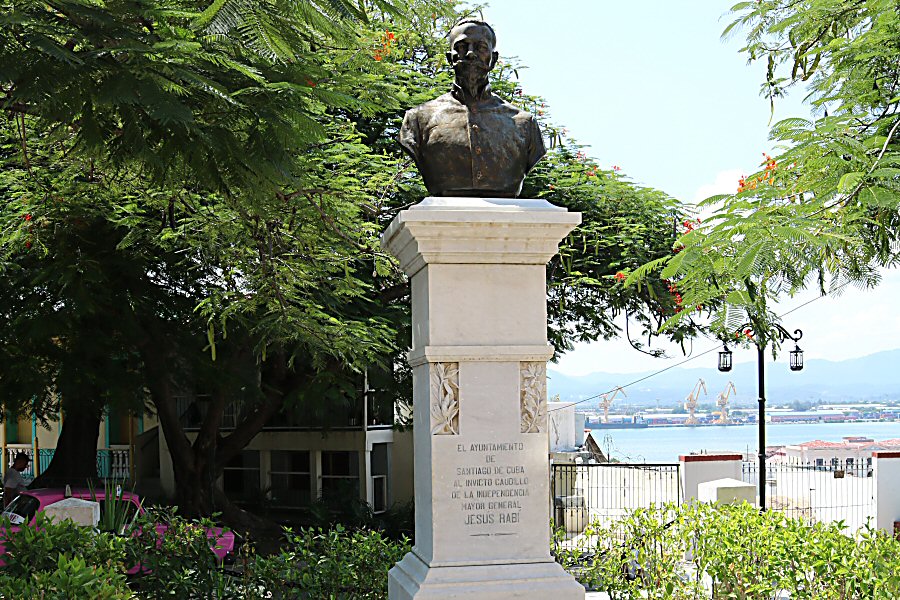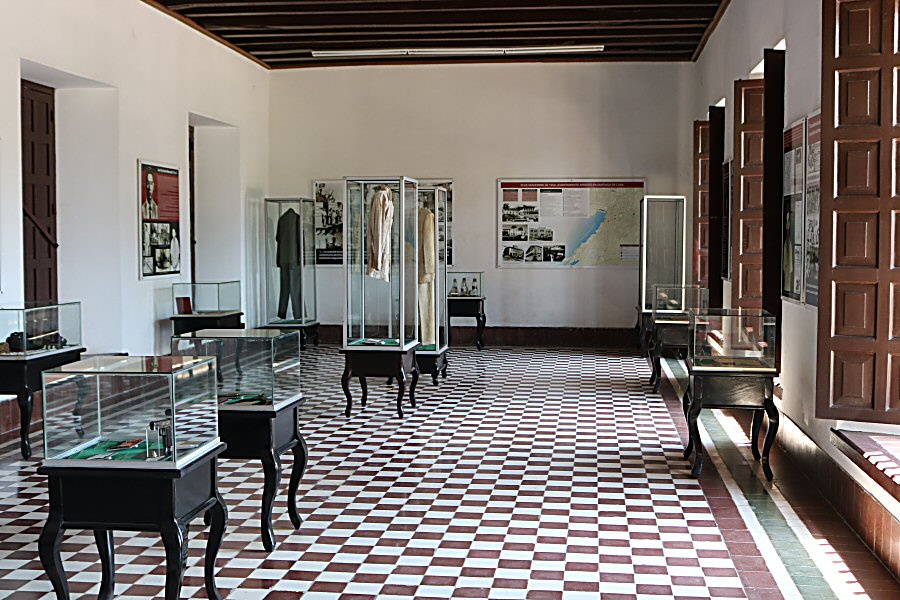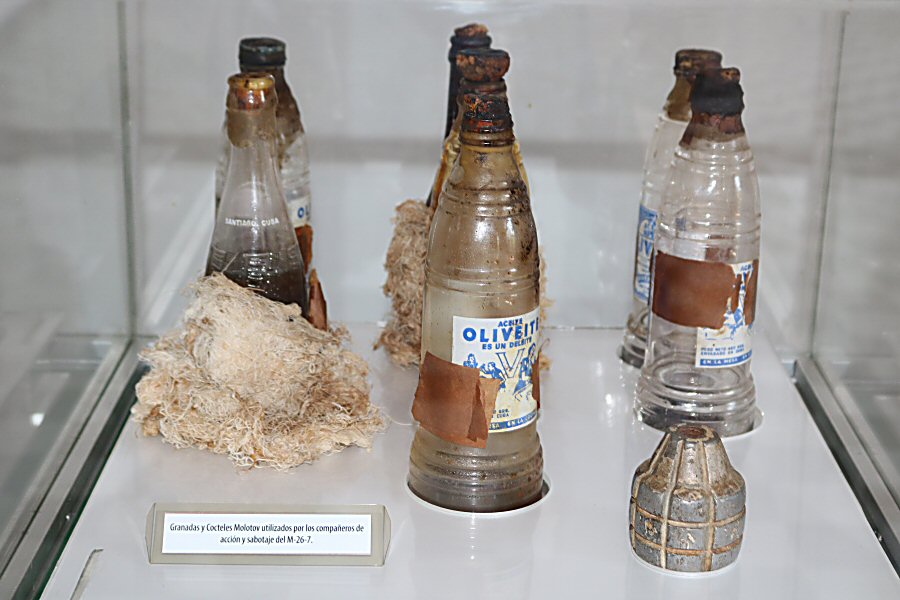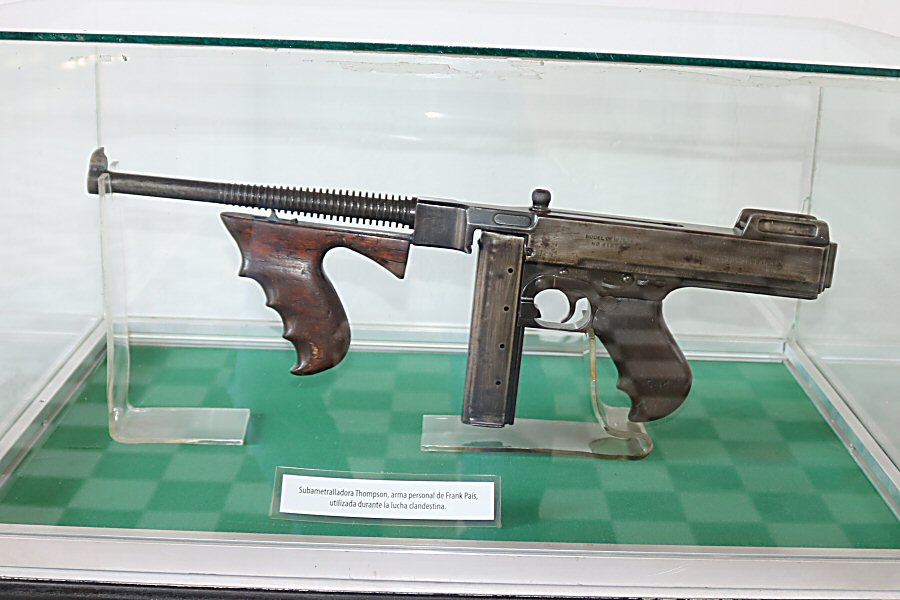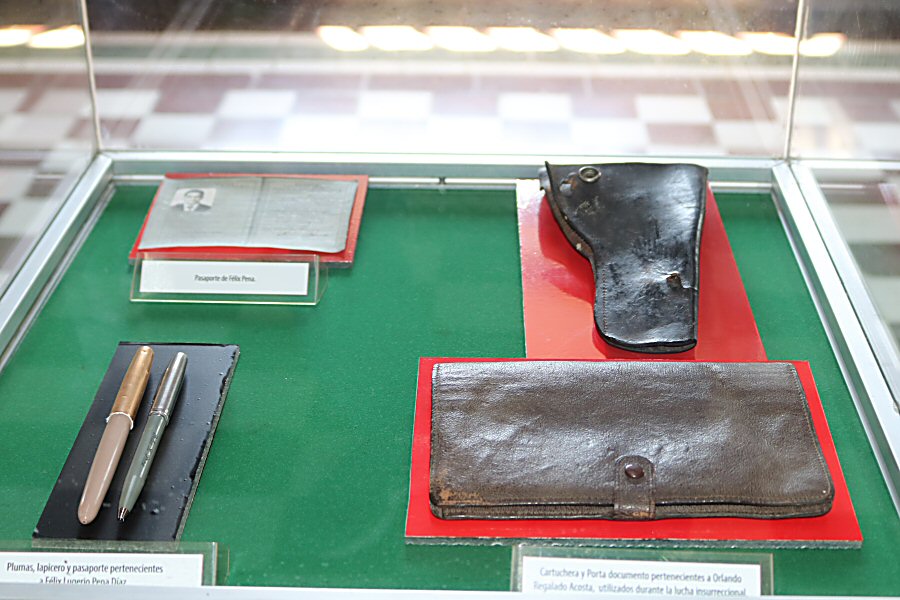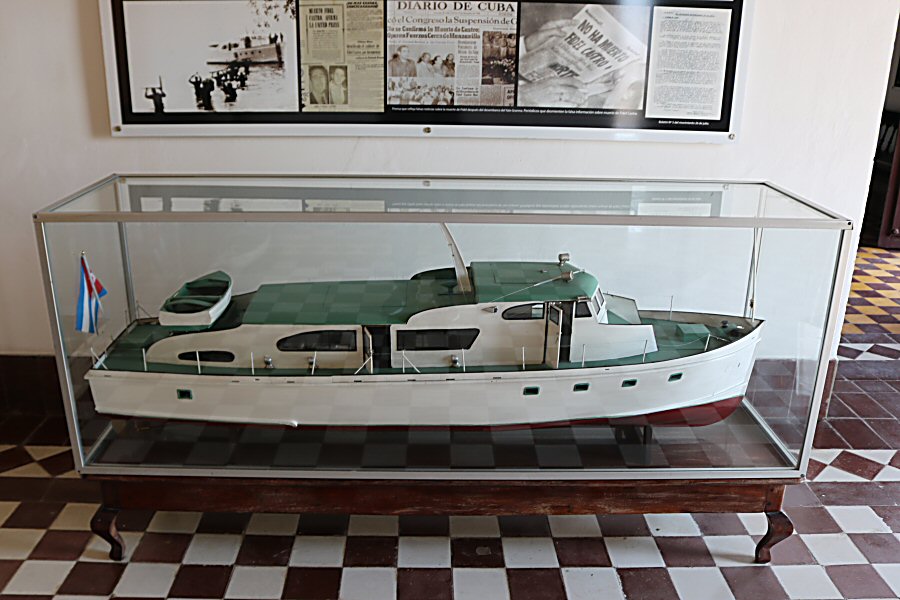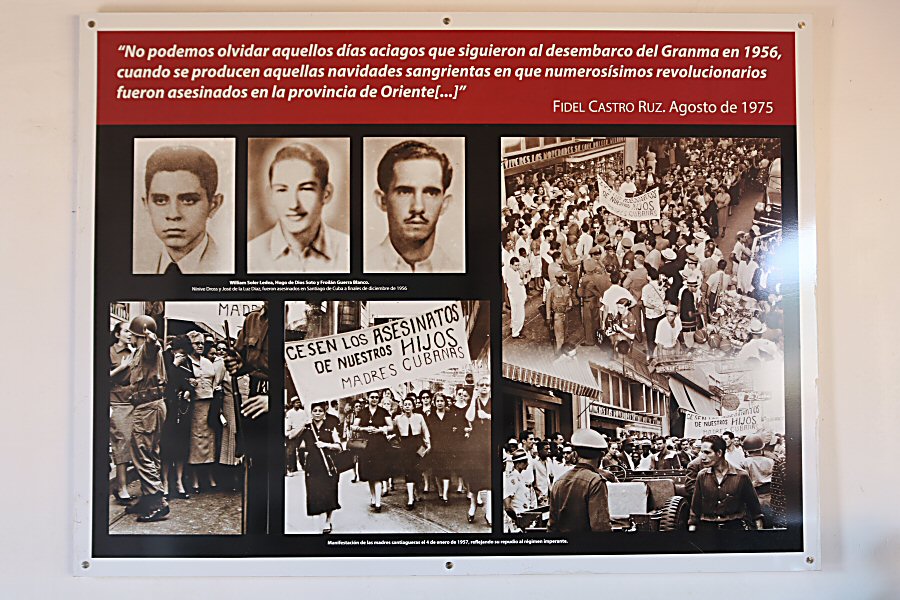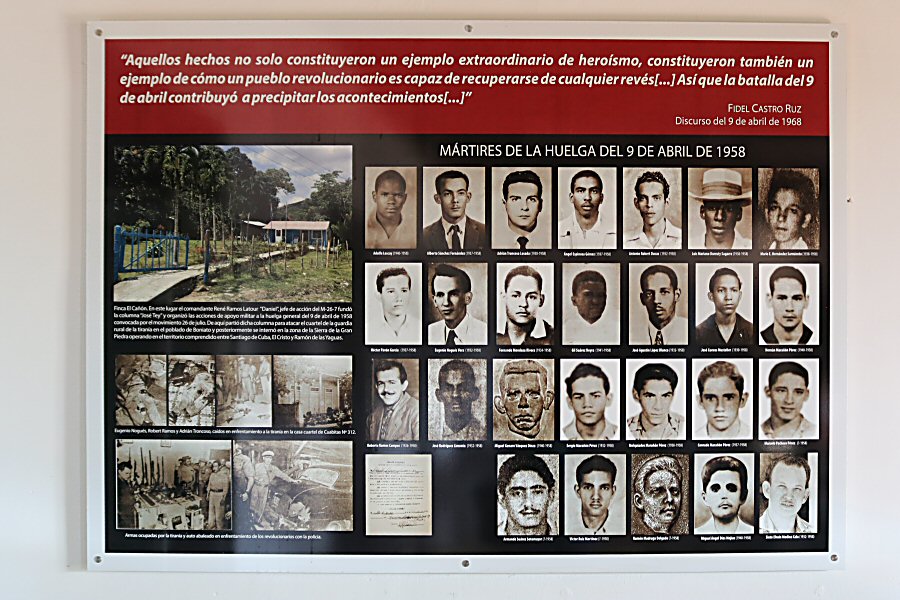The Museo de la Lucha Clandestina is located on General Jesus Rabi street #1, between Santa Rita and Rafael P. Salcedo streets.
Tuesday-Sunday 09:00 - 17:00
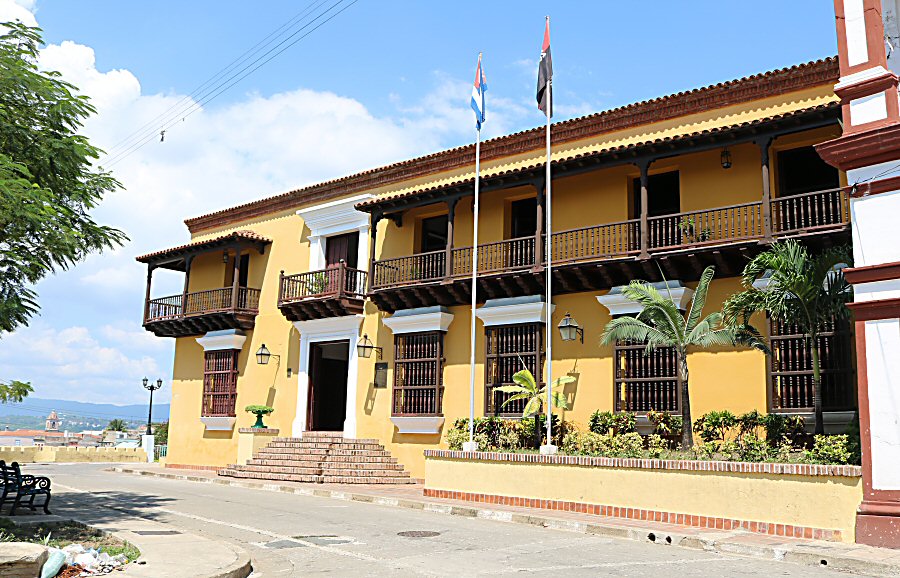

The Museo de la Lucha Clandestina
lies just west of Padre Pico stairway. It was built in
pre-baroque style in the period between 1813 and 1824. It was
among the first houses built in the neighborhood El Tivolí. The
house, located on the hill Hueca (Loma de Boca Hueca), served as
the residence of the mayor; that is why the area where it was
located, was called from then on Loma del Intendente (hill of
the intendant – high-ranking officer).
Until 1950s it was inhabited by
different families. Then it served as a school together with the
adjoining building. After the modifications in 1951 and 1956, it
was converted into the headquarters of the National Police
Station. The building was burnt to the ground during the assault
headed up by the underground leader Frank Pais on November 30,
1956. This attack with the other attacks on the government’s
forces on the same day, has been done to divert the authorities’
attention from the arrival of Fidel Castro with the
insurrectionist on the southwestern coast, called Las Colorados.
In this action the house lost all its timber by the flames, but
its structure was preserved, so that it was possible to erect
the museum on the remaining walls of the masonry later. The
museum was inaugurated in 1976 to commemorate the 20th
anniversary of the armed uprising in 1956. For its value from
the historical points of view, it was declared National Monument
in 1979.
The museum has two floors, in which
four exhibition halls, offices, and an activity room are
distributed. It has also a large and beautiful courtyard in that
some activities of political and cultural nature take place. On
a panel in the hallway, you can read a piece of a letter written
by Fidel Castro on the Sierra Maestra mountains in 1957.
Spread over two floors, the museum
comprises a photographic history of the final years of the
Batista regime that helps to understand the intricacies of the
events leading up to the revolution. It highlights the role of
Santiago de Cuba in the struggle against this regime. The attack
in 1956, as well as the lives of Frank Pais, his brother Josué
País that were subsequently murdered by Batista’s henchmen in
1957, and Celia Sánchez Manduley, symbol and exponent of the
participation of women in the fight against the tyranny, are
well documented in the museum.
The room I is located on the ground
floor where documents, photos, weapons, implements of war and
personal objects are displayed. The rejection of the coup by
Santiagueros in 1952, and the preparation and the development of
the actions carried out during the armed uprising to support the
disembarkation of the Granma Yacht, as well as the
self-sacrificing of three young men that fell when they faced
the brutal interference of the tyranny, namely Jose Tey Saint-Blancard
(Pepito Tey, second chief of the uprising and the attack on the
National Police Station), Antonio Alomá Serrano (Tony Alomá) and Otto
Parellada Echeverría, that along with his other classmates
attacked the police station from the roof of the School of
Plastic Arts, are reflected by photos.
In the room II the events related
with the disembarkation of the Granma Yacht and the
demonstration of the mothers on the streets, protesting the
murder of the young men in 1956, are exposed by photos.
The room III highlights the political
thoughts of Frank Pais, documented by some letters.
In the final room, room IV, the
actions of René Ramos Latou that replaced Frank Pais after his
murder and provided continuity in the plans of action resolved
by him, and the strike on 9 April 1958 are documented. The photo
of the entrance of the rebel army to Santiago de Cuba and a
piece of the speech of Fidel Castro, granting the city the order
Antonio Maceo and the title Hero City in the 25th anniversary of
the triumph, are exhibited.
Some pieces of the collection of the
museum are worth to mention: the Thompson submachine gun of
Frank Pais, the poncho of Haydée Santamaria (a blanketlike cloak
used widely in Latin American countries) that she had worn
during her stay on Sierra Maestra mountains, the Cuban flag used
by América Domitro, the fiancé of Frank Pais, the multilith that
were used to print several clandestine newspapers, including the
Sierra Maestra, some medical instruments that were sent to the
mountains, Molotov cocktails made from plastic oil bottles, a hysterical newspaper cutting announcing
Fidel Castro’s death, and another published by the rebels
themselves refuting the claim, are interesting things that will
stick in your mind.

